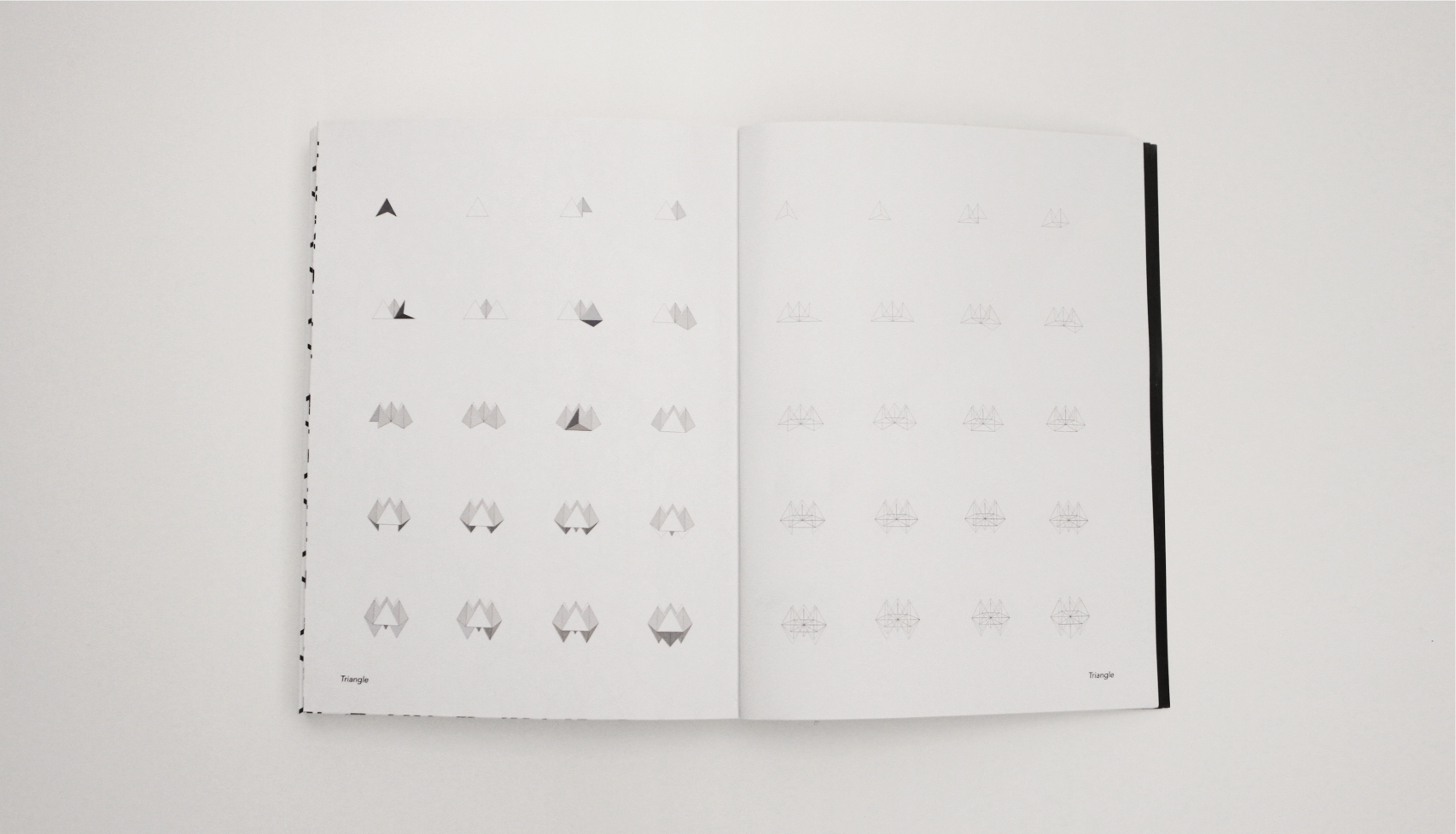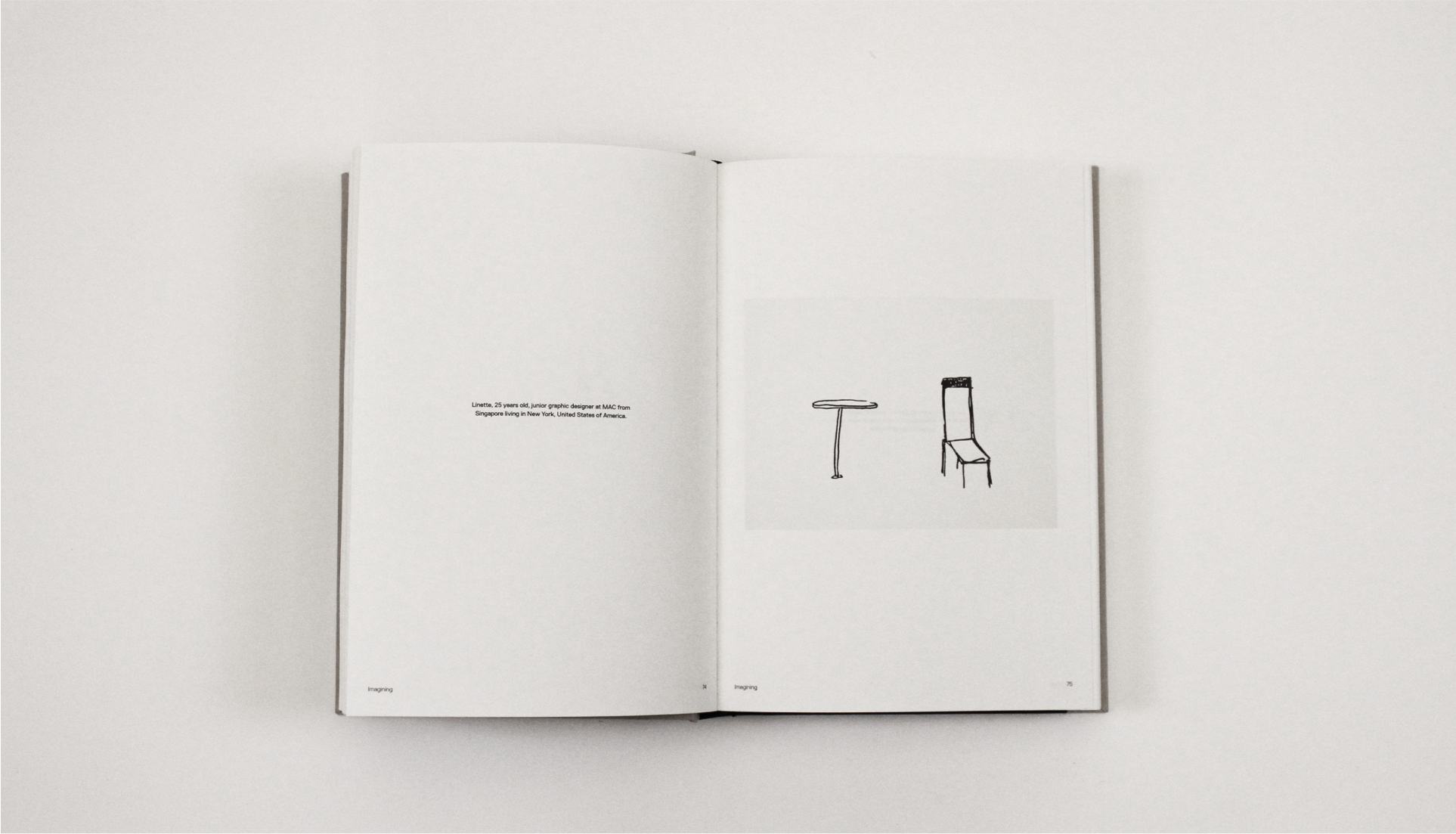
Imagining, Arranging and Living with Chairs
Space, so integral to the human existence that one rarely stops to question it. In fact the integrality is so great that even the most minute change in one’s life has a direct correlation to how we inhabit our spaces. It’s the means we have to recognise the world, build stories, and communicate with onWe often take the space that surrounds us for granted. Space is so deeply ingrained in the human experience that we rarely pause to question its significance. Yet, its integral role is such that even the smallest alteration within a space can profoundly impact a person's life and interpersonal communication.
This narrative centers around the concept of space, with the chair playing the lead role. The chair, serving as the intermediary between spaces, is a versatile tool suitable for all age groups to explore spatial theory. Its most remarkable attribute lies in its potential as a medium for fostering interactions among individuals within a given space. The simple act of repositioning chairs not only redefines the space itself but also transforms the nature of interactions among its occupants.
This book serves as a comprehensive exploration of spatial dynamics, with a focus on their role in communication. The study unfolds in three distinct phases: Imagination, Arrangement and Living. My mission is to delve into the effects of space and how it influences human interactions.
The journey begins with the spaces we envision in our minds, then proceeds to their physical arrangement, and finally, culminates in the practical application for enhancing communication. This process was faithfully followed starting with 100 drawings of 2 chairs, each created by a different person. These drawings were then used as instructions to configure spaces for two individuals to occupy.
The First Book:
The Book of Shapes
The inception of my initial creation, "The Book Of Shapes," laid the foundation for my subsequent work, "Imagining, Arranging, and Living With Chairs."
During my childhood, I developed a deep affinity for playing with shapes, using them as a means of communication with my friends. In many ways, shapes were my earliest form of language.
I began to recognize the inherent curiosity in children, a profound fascination with their innate desire to construct and create with their imaginations.
Through the process of creating "The Book Of Shapes," I came to notice that children weren't merely playing with shapes; they were also engaging with the concept of space. This realization sparked my curiosity and led me to delve further into this theory, prompting a series of experiments and explorations.
During my childhood, I developed a deep affinity for playing with shapes, using them as a means of communication with my friends. In many ways, shapes were my earliest form of language.
I began to recognize the inherent curiosity in children, a profound fascination with their innate desire to construct and create with their imaginations.
Through the process of creating "The Book Of Shapes," I came to notice that children weren't merely playing with shapes; they were also engaging with the concept of space. This realization sparked my curiosity and led me to delve further into this theory, prompting a series of experiments and explorations.








Imagining:
“Chair as a medium”
The simplicity of the chair perhaps is its greatest value, as well as its recognisable nature and the diversity of forms it can be moulded into while still maintaining its fundamental definition. Its most unique value is its potential as a medium for interaction between people when added into space. The simple act of changing the arrangement of the chairs changes not only the definition of the space itself but the nature of interaction between those within it.
I initiated an experiment to investigate whether a chair could effectively serve as a tool for examining the theory of space, assessing its universal recognition rather than being an abstract concept.
In this experiment, I invited 100 individuals to draw and conceptualize how a chair represents to them. My objective was to delve into the existence of established guidelines or principles governing the creation of chairs.
What makes a “chair” a chair?
Experiment #1
Deconstruction
The objective of this experiment is to investigate whether there exist predefined guidelines or principles that dictate the design of chairs.
“Is a chair still considered a chair if the legs are removed, but the seat remains?”
“At what point is it still a chair?”



Experiment #2
Construction
To conduct this experiment, I employed a system akin to a Lego set to investigate whether there exists a consistent framework for giving form
to the chair.
Moreover, through the manipulation of this Lego-like set, the participants' conceptualizations of a chair were brought to life, adding a tangible dimension to their imaginative ideas.
![]()
![]()
![]()
“Meccano”
Construction
To conduct this experiment, I employed a system akin to a Lego set to investigate whether there exists a consistent framework for giving form
to the chair.
Moreover, through the manipulation of this Lego-like set, the participants' conceptualizations of a chair were brought to life, adding a tangible dimension to their imaginative ideas.


“Meccano”



Arranging
“Imagining with space”Space begins in our minds, where our spatial intentions form, often subconsciously. Whether the space turns out pleasant, unfriendly, fearful, or inspiring, its construction is inherently intentional, even if we're unaware of it.
The purpose of this 2nd phase was to validate my theory on the impact of space. Examining 100 illustrations featuring 2 chairs, 3 key findings surfaced:
The arrangement of chairs mirrors the connections between individuals or shared experiences, whether it's a mother and daughter, father and son, or husband and wife. Our experiences shape our perception of space and guide how we design it. Every joyful, sad, or fearful encounter leaves an imprint on us, influencing how we communicate within those spaces.
The seemingly simple act of illustrating 2 chairs reveals deep insights into an individual's personality and cultural background. Observing the connections between their culture, occupation, location, and the drawings, a chair can carry multiple meanings, all of which are universally understandable.
To my surprise, this exercise uncovered a total of 30 unique combinations of chair positions, illustrating the unconscious yet impactful nature of our intentions for space. The investigation aimed to unearth any pre-established principles governing space arrangement, revealing predetermined rules dictating how two people should or should not sit.


“Playing with space”
Within this section, we examine the 30 different chair sequences, aligning them with the images created by the participants.
For the sake of documentation, I affixed pens to the lower ends of the chair legs to measure and evaluate the spatial distance and its impact on interactions between two individuals.
Subsequently, these chair arrangements were replicated in real-life scenarios, involving 2 strangers tasked with arranging the chairs according to the 30 images before taking their seats.
This dynamic process led to fascinating conversations that were meticulously recorded.
This project represents not only a comprehensive study of spatial dynamics and their impact on human interaction but also an insightful exploration of human behavior within different spatial context.
Within this section, we examine the 30 different chair sequences, aligning them with the images created by the participants.
For the sake of documentation, I affixed pens to the lower ends of the chair legs to measure and evaluate the spatial distance and its impact on interactions between two individuals.
Subsequently, these chair arrangements were replicated in real-life scenarios, involving 2 strangers tasked with arranging the chairs according to the 30 images before taking their seats.
This dynamic process led to fascinating conversations that were meticulously recorded.
This project represents not only a comprehensive study of spatial dynamics and their impact on human interaction but also an insightful exploration of human behavior within different spatial context.




Living
“Space: a powerful mediator of conversation”“The perspective is very odd but I think they intended for them to be perfectly straight.”
“How do you know what they intended?”
“It just seems like they were trying to do that but their drawing skills wouldn’t allow them.”
“How sad.”
“Aligned like this? Are you happy with it?”
“I think they are meant to be parallel but with a slight slant.”
“This task is surprisingly difficult.”
“I suppose the act of interpreting people’s drawings is really just as complicated as understanding the people themselves. Humans are very odd beings. I have never really liked humans to be honest.”
“I think we have been staring at this for too long. We are getting a little too philosophical about drawings of chairs”.



The experiments I conducted for Imagining, Arranging and Living with Chairs, effectively validates my theory concerning spatial distance and its influence on human behavior and conversations.
The insights I derived from my book lead me to conclude that:
Language = System
Space = Medium
Communication = The Goal





Credits & details
Location
Designer
Designer
New York, USA
Constanza Pinto
Constanza Pinto